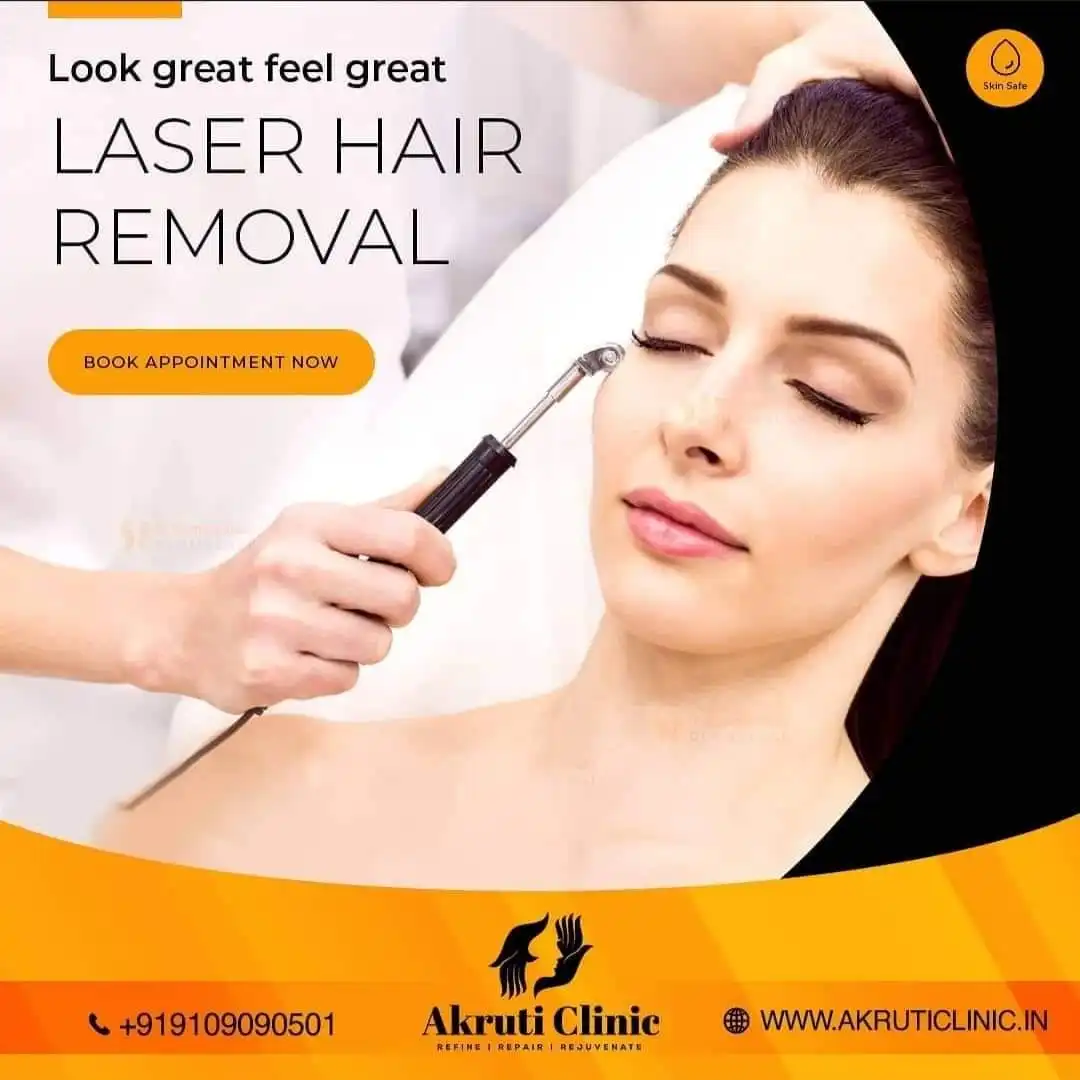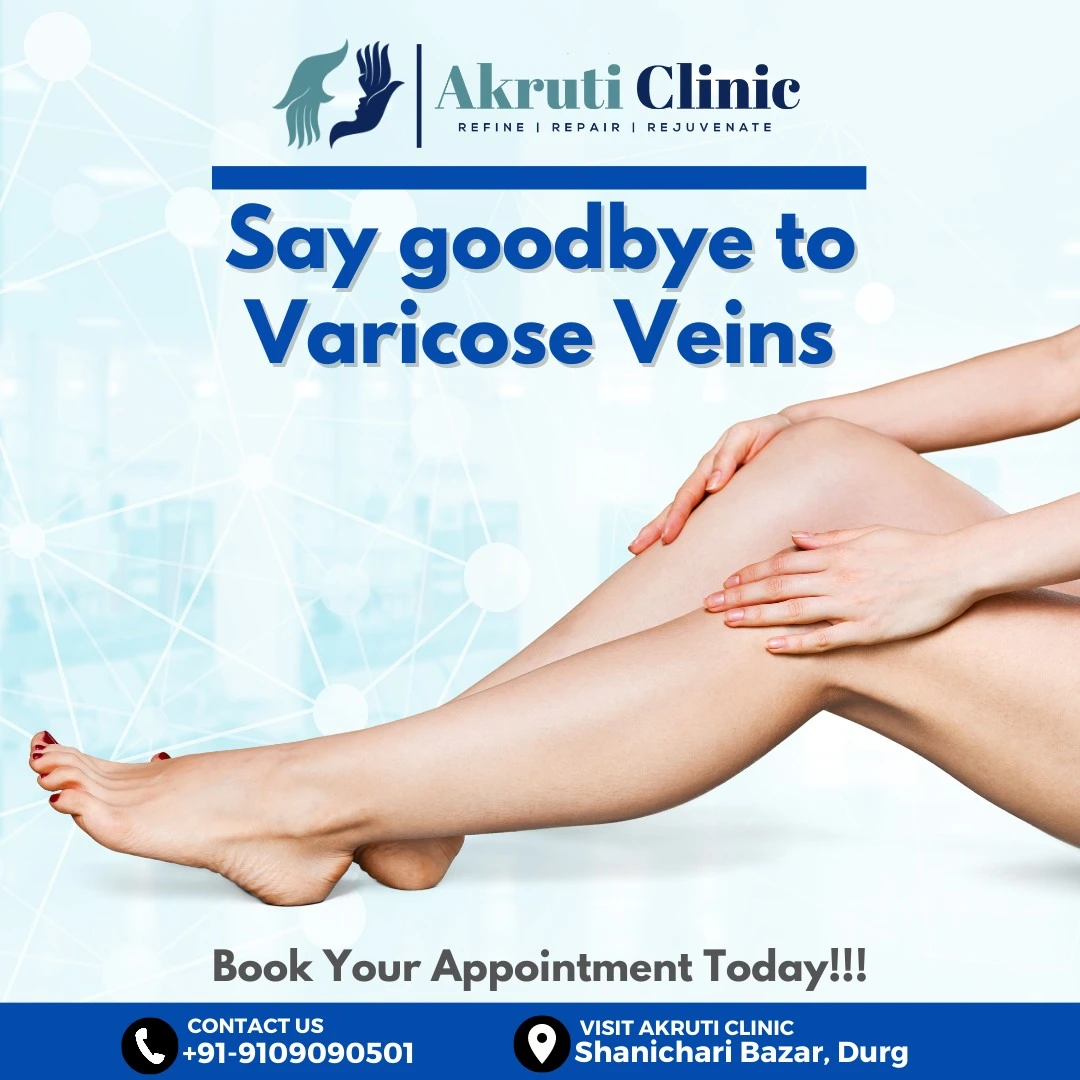A Wide Range of Surgical Services
We offer a variety of surgical services, from hair transplants to laser treatments. Whatever your needs are, we have the right solution for you.
Experienced and Qualified Surgeon
Our clinic is led by a highly skilled and experienced surgeon who is dedicated to providing the best care. You are in safe hands with us.
Supportive and Well-Mannered Staff
Our staff are known for being friendly, supportive, and caring. They are always ready to help you and make you feel comfortable during your visit.
Equipped with Advanced Technology
We use the latest technology and equipment to ensure that you receive the best care possible. Our modern clinic helps provide safe and effective treatments.
Affordable Prices for All Procedures
We believe in offering affordable prices for all of our services. Our goal is to make sure that high-quality treatments are available to everyone.
24/7 Customer Support
We are here for you at all times. Our customer support team is available 24/7 to answer any questions or provide assistance whenever you need it.






























